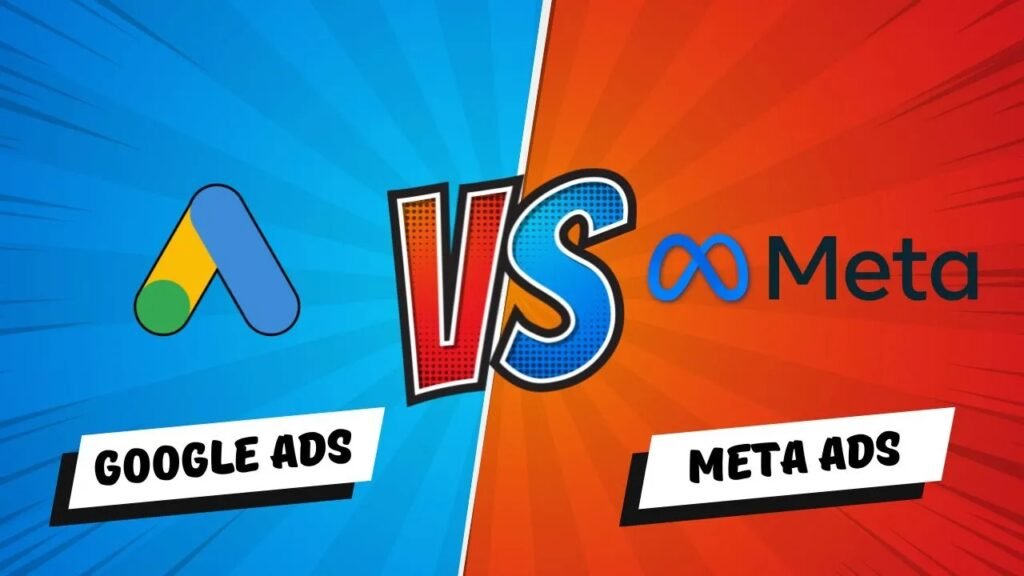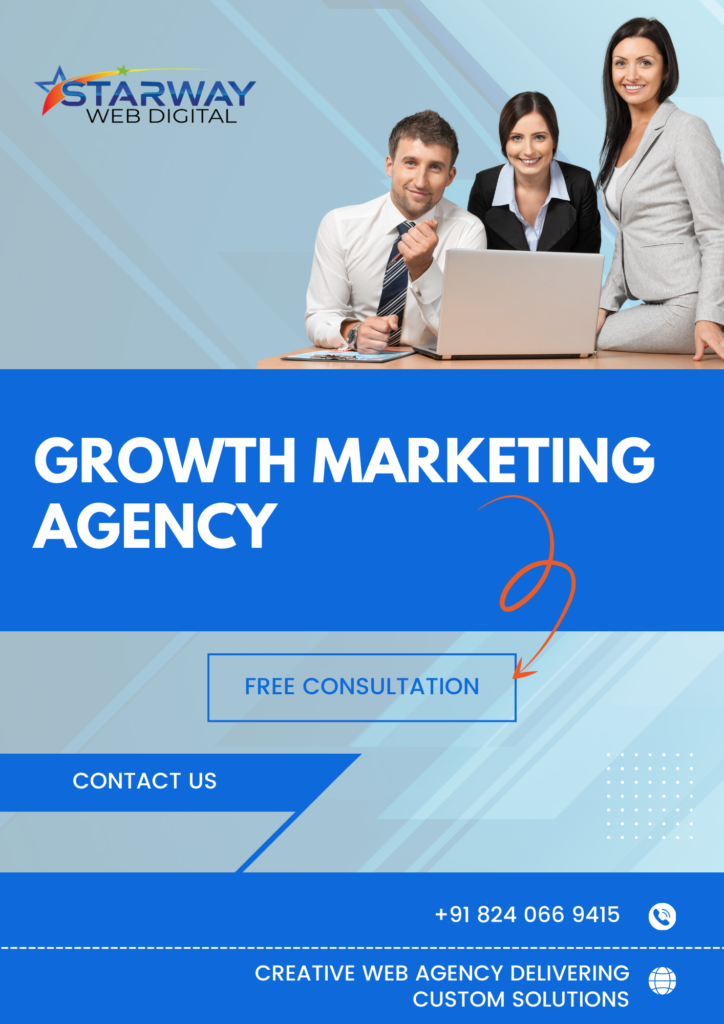In the digital marketing toolbox, Google Ads and Meta Ads are not battle opponents—they’re complementary tools. But knowing when to use one over the other can make the difference between wasted ad budgets and profitable campaigns. Each platform suits different goals, audience behaviors, and stages of your customer funnel.
Let’s break it down smartly.
Understanding the Platforms & Their Strengths

Google Ads (Paid Search & Display)
Think of Google Ads as demand capture: people typing queries, searching for solutions, and ready to buy. Whether it’s via the Search Network, Display Network, or even YouTube, this platform excels when users already have intent.
Use cases:
- High-intent search traffic — users literally looking for what you offer.
- Local service marketing — great for “plumber near me” or “AC repair in [city]” queries.
- B2B and specialized services — works well when targeting people actively researching.
Meta Ads (Facebook, Instagram, etc.)
Meta Ads thrive on discovery and visual storytelling. Ideal when your product needs exposure, emotional resonance, or audience education.
Use cases:
- Brand awareness and demand generation — great for reaching people who don’t know they need you yet.
- Strong visual creatives — leveraging images, video, carousels, and Story formats.
- Precise demographic and interest targeting — granular options that only Meta can deliver.
Side-by-Side Comparison
| Scenario | Choose Google Ads | Choose Meta Ads |
|---|---|---|
| High-intent conversions | Search ads, Shopping ads, targeted keywords | – |
| Awareness and visual storytelling | – | Image ads, video ads, Stories, carousel ads |
| B2B/specialized services | Leads via search intent | Nurture via educational, content-driven campaigns |
| Product discovery for e-commerce | Capture late-stage buyers with search & Shopping | Showcase products, retarget via carousel or video |
| Nail demographic targeting | Location, keywords, device, basic segments | Behaviors, interests, lookalike audiences, demographic precision |
| Budget-friendly creatives | Keyword bids, structured campaigns | Visual ads, refresh creatives regularly |
Connecting It to Smart Social Strategy
Want to stretch your ad dollars further? Link your ad strategy to lead generation through social media. As detailed in Lead Generation Through Social Media: What Most Businesses Are Missing, many companies leave gaps—not in strategy, but in execution and follow-through.
Meta Ads work best when they feed into a wider system: capturing attention, building trust, and directing users into your lead-gen funnel. That warm audience then becomes the perfect target for Google Ads to convert. In essence, Meta warms them up, and Google closes the deal.
Final Word: It’s Not About Choosing One—It’s About Using Both Smartly
Stop treating this like a boxing match. Use the right tool at the right stage:
- Google Ads = capture active intent, drive conversions, win local service or urgent needs.
- Meta Ads = build awareness, showcase visuals, nurture long-term engagement.
The smartest marketers aren’t choosing one—they’re crafting a hybrid strategy. Let Meta spark curiosity, then let Google seal the deal. Align creative, targeting, and audience behavior across both—and your campaigns will scale sustainably.




